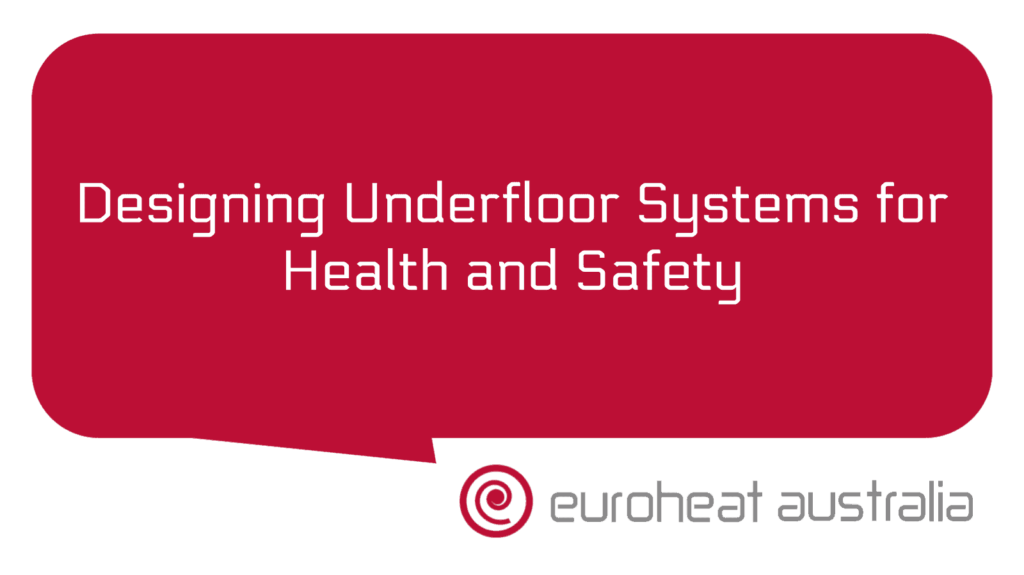As a homeowner in Australia, you’ve probably heard about geothermal energy and its benefits. But what exactly are the different types of geothermal energy distribution systems? In this article, we’ll be taking a closer look at the various types of geothermal energy distribution systems and how they can help you save money on your energy bills.
The most common type of geothermal energy distribution system is a closed-loop system. This is where two pipes are installed deep underground, with one pipe circulating hot water and the other circulating cold water. The heat exchange between these two pipes helps to regulate the temperature of your home, providing an efficient source of heating and cooling without using any electricity or burning fossil fuels.
Another type of geothermal energy distribution system is an open-loop system. This is where only one pipe is installed underground, with water being pumped directly from a well or other natural water supply into your home’s heating or cooling system. This type of system is more efficient than a closed-loop system but does require more maintenance as water levels must be regularly monitored to ensure proper operation.
Finally, there’s also hybrid systems which combine elements from both open-loop and closed-loop systems to create an even more efficient option for homeowners. Hybrid systems usually involve installing two pipes in the ground but having one loop dedicated to transferring heat from the ground while the other loop circulates cold air from outside into your home.
No matter which type of geothermal energy distribution system you choose, installing one can help you save money on your energy bills in several ways. Firstly, since no electricity or fuel is required to operate these systems, you will be able to save money on utilities costs each month since you won’t have to worry about paying for excess electricity or fuel bills every month. Additionally, since these systems use natural sources such as groundwater or wells to produce heat and cool air, they are also much more environmentally friendly than traditional heating and cooling methods which rely on burning fossil fuels to generate power.
Installing a geothermal heating & cooling system can also provide other long term savings due to their high efficiency ratings when compared with traditional methods such as gas furnaces or air conditioners that rely on burning fossil fuels for power generation. For example, installing a geothermal heating & cooling system could result in up to 30% savings in terms of yearly utility costs when compared with traditional methods depending on how often it was used throughout the year. And since these systems last much longer than traditional methods (upwards of 25 years) then these savings could add up significantly over time!
When it comes to finding the right design and installation services for your geothermal heating & cooling needs, look no further than Euroheat Australia – Perth engineers & installers that design & construct hydronic heating & cooling systems with over 30 years experience in this field! Not only will they provide expert advice on which type of system would best suit your needs but they can also ensure that it will be installed correctly so that it operates at maximum efficiency right away! Plus their knowledgeable staff can also provide ongoing support should any maintenance issues arise during its lifetime so you can rest assured knowing that you’re in good hands with Euroheat Australia!





